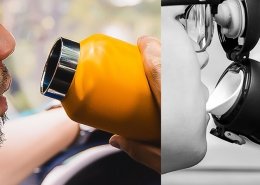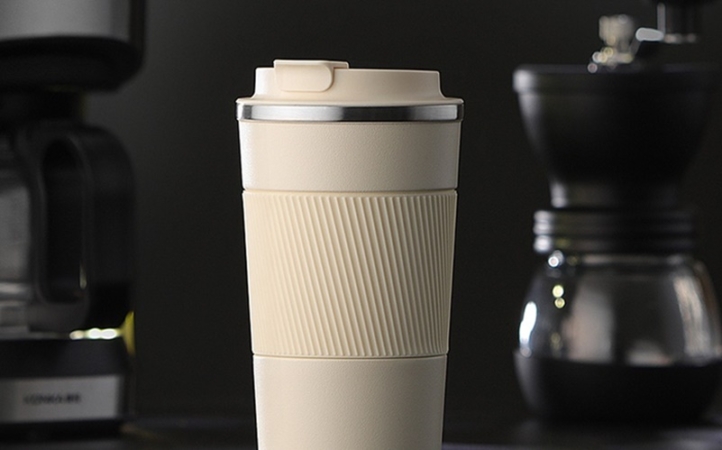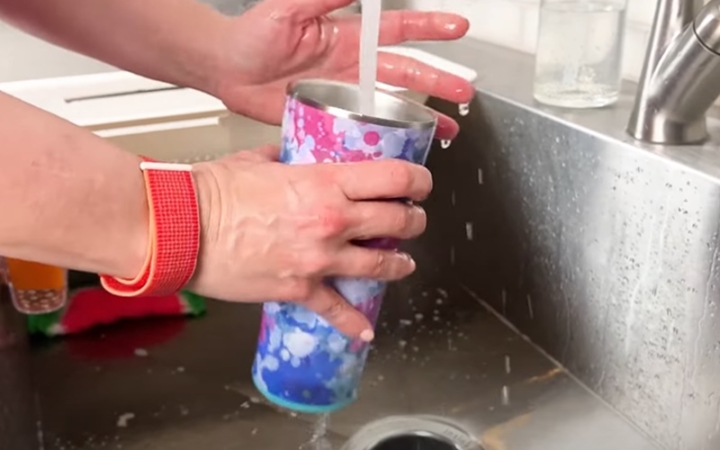Reusable Water Bottles vs. Plastic: How to Choose?
Last Updated on March 11, 2024 by Tina ShaoWater bottles have undergone a significant transformation over the years. From being mere containers to quench our thirst, they have evolved into symbols of our lifestyle choices, our environmental consciousness, and even our fashion sense.
This evolution has been marked by a shift from disposable plastics, which once dominated store shelves and vending machines, to stylish, functional, and eco-friendly reusables.
But as these two types of bottles sit in the market, a debate emerges: Are reusable bottles superior to their disposable counterparts?
In this article, we’ll explore the various facets of this debate, weighing the pros and cons of each type of bottle. We’ll examine their environmental impact, health implications, economic considerations, and more, aiming to understand the topic comprehensively.
Reusable Water Bottles vs. Plastic: The Environmental Impact、
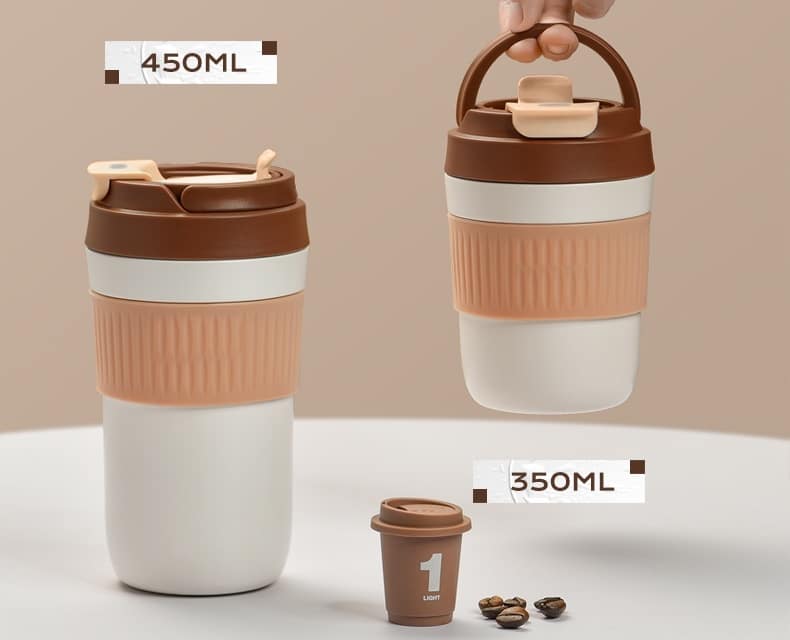
The Environmental Impact of Disposable Plastic Bottles
The environmental repercussions of disposable plastic bottles have been a topic of concern for years. These bottles, while convenient, have left an indelible mark on our planet. From their production to disposal, the environmental footprint of these bottles is vast and multifaceted.
- The Primary Material: Polyethylene Terephthalate (PET): PET, the predominant material used in disposable plastic bottles, is petroleum-derived. The production of PET involves the polymerization of ethylene glycol and terephthalic acid, both derived from crude oil and natural gas.
- Carbon Footprint: Emissions from Synthesizing PET and the Molding Process: The synthesis of PET and the subsequent molding process to create bottles are energy-intensive. This energy predominantly comes from burning fossil fuels, leading to significant greenhouse gas emissions.
- The Issue of Emissions: Not Just About Carbon Dioxide: While carbon dioxide is the primary greenhouse gas emitted during the production of PET bottles, it’s not the only concern. The process also releases sulfur oxides and nitrogen oxides. These gases contribute to acid rain, harming aquatic life, forests, and even infrastructure.
- Innovations: Efforts to Redesign Disposable Bottles Using Natural Materials: Recognizing the environmental concerns associated with PET bottles, there have been efforts to innovate and redesign. Some companies are exploring the use of bioplastics derived from renewable resources like corn starch or sugarcane. While not perfect, these bioplastics can reduce the carbon footprint and reliance on fossil fuels.
While disposable plastic bottles offer convenience, their environmental cost is steep. These bottles significantly impact our planet, from resource extraction to greenhouse gas emissions.
The Environmental Impact of Reusable Bottles
As awareness about the environmental impact of disposable plastic bottles grew, a shift towards reusable bottles began to gain momentum. These bottles, designed for longevity and multiple uses, symbolize sustainability and eco-consciousness.
- 1. Material Choices of reusable water bottles
- Polycarbonate Plastics: Earlier versions of reusable bottles were often made from polycarbonate plastics. While durable, concerns arose about Bisphenol A (BPA), a chemical used in its production, leading to a decline in popularity.
- Stainless Steel: Recognized for its strength and resistance to corrosion, stainless steel became a popular choice for reusable bottles. It doesn’t leach chemicals, ensuring a pure drinking experience.
- Aluminum: Lighter than stainless steel, aluminum bottles are lined to prevent metallic taste. They’re often coated with vibrant designs, making them functional and stylish.
- 2. Carbon Footprint
- Polycarbonate Plastics: While the production of polycarbonate plastics does emit greenhouse gases, the extended use of a single reusable bottle offset this impact over time.
- Stainless Steel and Aluminum: Metals production is energy-intensive, producing higher initial greenhouse gas emissions. However, the longevity and recyclability of metal bottles can mitigate this impact in the long run.
- 3. Lifespan Comparison: The Number of Uses Required for a Reusable Bottle to Match the Impact of a Disposable One
- Breaking Even: Studies suggest that a reusable bottle needs to be used anywhere from 20 to 100 times (depending on the material) to have a lower environmental impact per use than a disposable plastic bottle. Given the durability of reusable bottles, this break-even point can easily be achieved.
- Beyond the Break-Even: Once the break-even point is crossed, using a reusable bottle further reduces its environmental impact compared to using disposable bottles. Over its lifetime, a single reusable bottle can replace hundreds, if not thousands, of disposable ones.
The rise of reusable bottles is a testament to a collective shift towards sustainability. While the initial environmental impact of producing these bottles might be higher than disposables, their extended lifespan and potential for multiple uses make them a far more eco-friendly choice in the long run.
Reusable Water Bottles vs. Plastic: Disposal and Recycling
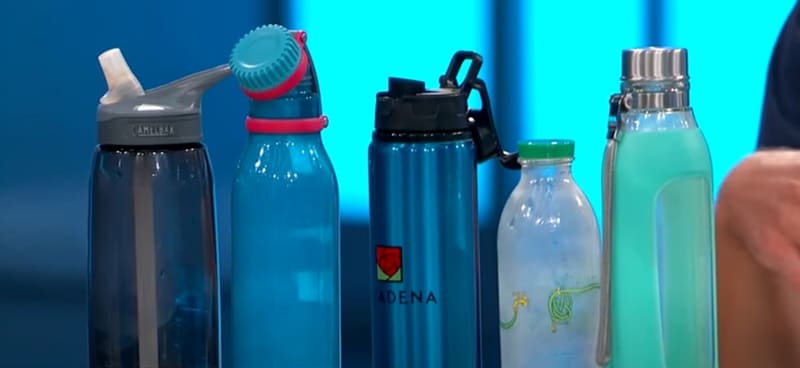
The end-of-life phase of a product is crucial in determining its overall environmental impact. While the production and usage phases are often discussed, how a product is disposed of or recycled is significant in its environmental footprint. When it comes to water bottles, both disposable and reusable, the disposal and recycling processes are of paramount importance.
The Recycling Rate of PET Bottles and the Challenges:
- Recycling Rates: Globally, it’s estimated that only about 30% of PET bottles are recycled. This low rate means that most of these bottles end up in landfills and oceans or are incinerated, leading to environmental degradation.
- Challenges: Several factors contribute to the low recycling rate of PET bottles:
- Consumer Behavior: Not all consumers are diligent about recycling, and recycling infrastructure may be lacking in some regions.
- Contamination: Dirty bottles or those with leftover liquid can contaminate recycling streams, making the recycling process more challenging and less efficient.
- Economic Factors: In some cases, it might be cheaper for companies to produce new plastic than to recycle old plastic, leading to lower demand for recycled PET.
Recycling of Stainless Steel and Aluminum Bottles:
- Stainless Steel: Stainless steel is 100% recyclable, and its recycling process is efficient, retaining its quality without degradation. Old stainless steel bottles can be recycled into new products without losing quality.
- Aluminum: Like stainless steel, aluminum is also fully recyclable. Recycling aluminum uses only 5% of the energy required to produce new aluminum, making it highly energy-efficient. Recycled aluminum can make new bottles, cans, or other products.
In conclusion, while disposable and reusable bottles have recycling potential, their actual recycling rates vary due to various challenges. However, the recycling landscape can improve with informed consumer behavior, advocacy, and technological advancements, leading to a more sustainable future.
Reusable Water Bottles vs. Plastic: Health Implications
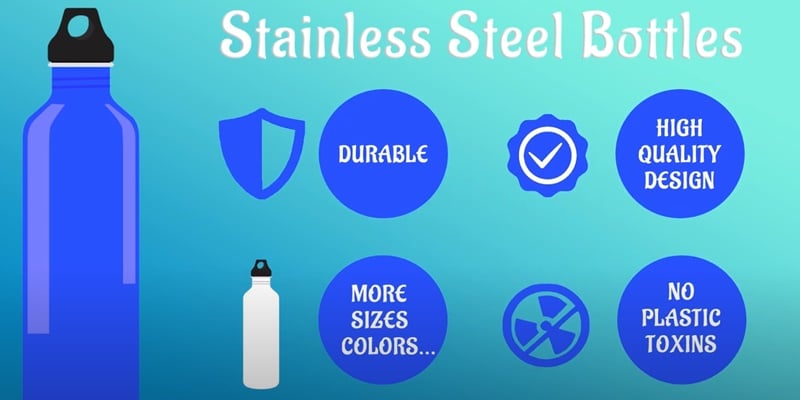
While the environmental aspects of water bottles often take center stage in discussions, the health implications are equally vital. Both disposable and reusable bottles come with health considerations that users should be aware of to make informed choices.
Chemical Concerns: BPA in Polycarbonate Plastics and Phthalates in PET:
- BPA (Bisphenol A): Found in some polycarbonate plastics, BPA has been a topic of concern for years. Research has shown that BPA can leach into the water, especially when the bottle is exposed to heat. This chemical has been linked to various health issues, including hormonal disruptions, reproductive problems, and an increased risk of certain cancers. Due to these concerns, many manufacturers have moved away from BPA-containing plastics, and “BPA-free” has become a selling point for many products.
- Phthalates: Used to make plastics more flexible, phthalates are often found in PET bottles. Like BPA, phthalates can leach into the water, especially when exposed to heat. These chemicals have been linked to hormonal disruptions, reproductive issues, and other health problems.
Hygiene Concerns: The Need for Regular Cleaning of Reusable Bottles:
- Bacterial Growth: Reusable bottles, if not cleaned regularly, can become breeding grounds for bacteria. Moisture and remnants of beverages can create an environment conducive to bacterial growth, posing health risks.
- Cleaning Challenges: Some reusable bottles, due to their design, can be challenging to clean thoroughly. Areas like the bottom of the bottle or the inside of the cap can harbor bacteria if not cleaned properly.
- Recommendations:
- Regular Cleaning: It’s essential to clean reusable bottles after every use, ensuring all parts, including caps and straws, are thoroughly cleaned.
- Use of Cleaning Brushes: Brushes designed for bottle cleaning can reach nooks and crannies, ensuring a thorough clean.
- Air Drying: After cleaning, bottles should be left to air dry completely before being sealed to prevent moisture buildup.
While disposable and reusable bottles come with health considerations, being informed and taking precautions can mitigate these risks. Opting for BPA-free and phthalate-free bottles and ensuring regular and thorough cleaning of reusable bottles can ensure users enjoy their beverages without health concerns.
The Verdict
The debate between disposable and reusable water bottles encompasses many factors, from environmental implications to economic considerations and health concerns. As we’ve delved into these aspects, a clearer picture emerges, pointing towards a more sustainable and health-conscious choice. So, what’s the verdict?
The Environmental, Economic, and Health Benefits of Reusable Bottles
- Environmental Benefits: Reusable bottles significantly reduce the amount of waste in landfills and oceans. Their longer lifespan means fewer resources are used over time than the continuous production of disposable bottles. Moreover, the energy and emissions saved by recycling metals like stainless steel and aluminum further bolster the environmental case for reusables.
- Economic Benefits: While the initial investment in a reusable bottle might be higher than buying a disposable one, the long-term savings are undeniable. Over its lifespan, a reusable bottle can replace hundreds, if not thousands, of disposable ones, leading to substantial savings for consumers.
- Health Benefits: Reusable bottles, especially made from high-quality materials like stainless steel, pose fewer health risks. They don’t contain harmful chemicals like BPA or phthalates; proper cleaning offers a safe and pure drinking experience.
Recommendations
As we’ve navigated the complexities of the disposable versus reusable bottle debate, it’s clear that our choices have far-reaching implications. To ensure we’re making the most sustainable and health-conscious decisions, here are some recommendations to consider:
Embracing Reusable Bottles for Daily Hydration Needs:
- Commit to the Switch: If you haven’t already, switch to a reusable bottle. It’s a small step with significant benefits for the environment and your wallet.
- Diverse Options: The market is flooded with various reusable bottles catering to different needs. Whether you’re looking for an insulated bottle to keep your drink cold, a bottle with a built-in filter, or one that fits perfectly in your car’s cup holder, there’s likely a reusable bottle for you.
Proper Care and Maintenance of Reusable Bottles:
- Regular Cleaning: Ensure you clean your bottle after every use. This not only prevents bacterial growth but also ensures the longevity of your bottle.
- Safe Storage: When not used, store your bottle with the cap off, allowing it to air out and prevent moisture buildup.
- Avoid Harsh Chemicals: When cleaning, avoid using harsh chemicals that might degrade the bottle’s material or leave harmful residues. Opt for mild soaps and ensure thorough rinsing.
Advocacy for Better Recycling Practices and Infrastructure:
- Educate and Inform: Share the knowledge you’ve gained about the benefits of reusable bottles with friends, family, and colleagues. The more people are informed, the more significant the collective impact.
- Support Sustainable Brands: Choose to buy from brands that prioritize sustainability, use recycled materials, and have ethical manufacturing practices.
- Push for Infrastructure: Advocate for better recycling infrastructure in your community. This could be through more accessible recycling bins, better-sorting facilities, or community education programs.
While choosing a water bottle might seem like a small decision, it has ripple effects. By embracing reusable bottles, ensuring proper care, and advocating for sustainable practices, we can each participate in a larger movement towards a more sustainable and eco-friendly future.
Conclusion
The Undeniable Benefits of Reusable Bottles Over Disposable Plastics
The environmental toll of disposable plastics is staggering. The convenience cost is too high, From energy-intensive production processes to the alarming pollution rates. On the other hand, reusable bottles, with their longevity and eco-friendly attributes, present a solution that aligns with the pressing needs of our planet.


